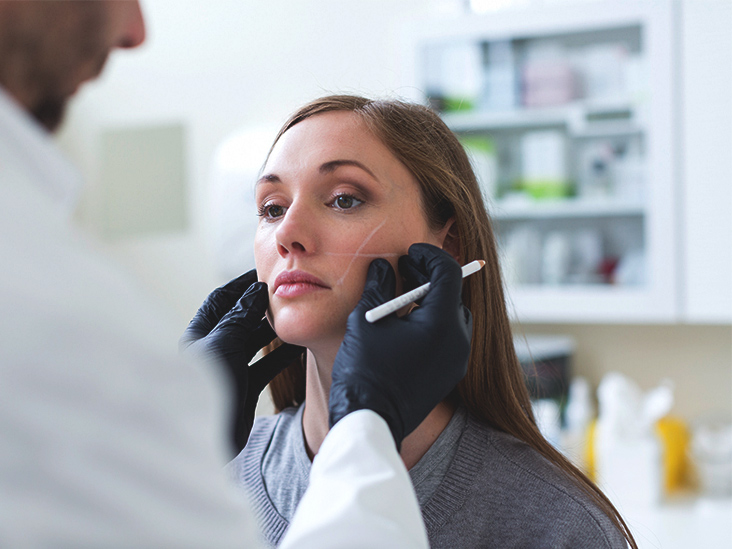
You can expect to feel chest muscle spasms from 3 to 4 weeks into the recovery process. These will occur when your pectoral muscles adjusts to the new implants. Although they will diminish over time, these spasms may become more frequent in the first six months. The implant should become more comfortable as you get used to it. Symptoms of this procedure include soreness and a decreased feeling of breast fullness.
The symptoms
After a breast augmentation, symptoms are normal. Many women will experience different symptoms. In the first few days after the surgery, breasts may appear inflated, discolored, and higher on the chest than the rest. These symptoms may require additional time for recovery. These symptoms could indicate infection.
Muscle soreness and swelling will likely persist for the first 3 to 5 days following a breast augmentation surgery. The pectoralis muscles connect to the humorous part of the chest. You might experience soreness when moving your arm. Afterward, there may be a burning sensation around the incisions, which will go away with time. Most activities can be resumed within the first few days. Heavy exercise will take longer.

Recovery time
Although the recovery process after breast augmentation is different for each patient, it can be very difficult. The first few weeks will be the most difficult. You can stay positive and remind yourself of why you have chosen to have this procedure. It is possible to work with several medical professionals. And your surgeon is there to help you every step of the way. It's a new set!
After your surgery, your surgeon will provide you with instructions about how to clean your newly enhanced breasts. To prevent infection, you will be prescribed pain relief and antibiotics. For the first week you will need to wear support bras 24 hrs a day. You may also have to restrict your activities for a few days. For the next few days, you should make arrangements to have full-time caregivers and childcare.
Pain management
The first step in considering breast augmentation is to learn about the risks and benefits. Breast augmentation can cause severe pain, so it is important to plan carefully. Your surgeon should explain the risks of the procedure and how you can manage it. It is important that you are prepared to discuss your recovery time with your surgeon.
Your doctor will prescribe pain medication to help you recover. You should take the prescribed medication as directed. It's a good idea that you try to relieve the pain using over-the–counter pain relievers and ice packs. Prescription pain medication is also an option. Your surgeon will recommend the lowest dosage of pain medication. You should also make an appointment with your surgeon to review your progress after breast augmentation.

Scar tissue
There are several methods of scar reduction after a breast augmentation surgery. You can reduce the scar tissue thickness using bandages, gel, or silicone sheeting. Cortisone cream is a good option to reduce the scarring and soften it. You can also use pressure bandages to smoothen scars. These treatments must be used daily, and results may not be seen for months.
Following breast augmentation surgery, some patients may feel tightened in their skin. Scar tissue may also cause tightness around the implant. This can happen if your implant is too hard or isn't settling correctly. Sometimes the scar can be so tight that the incision site is affected. The presence of tightness that persists or is obvious may indicate scar tissue formation. You can feel the implant to determine if tightness has occurred after breast augmentation.